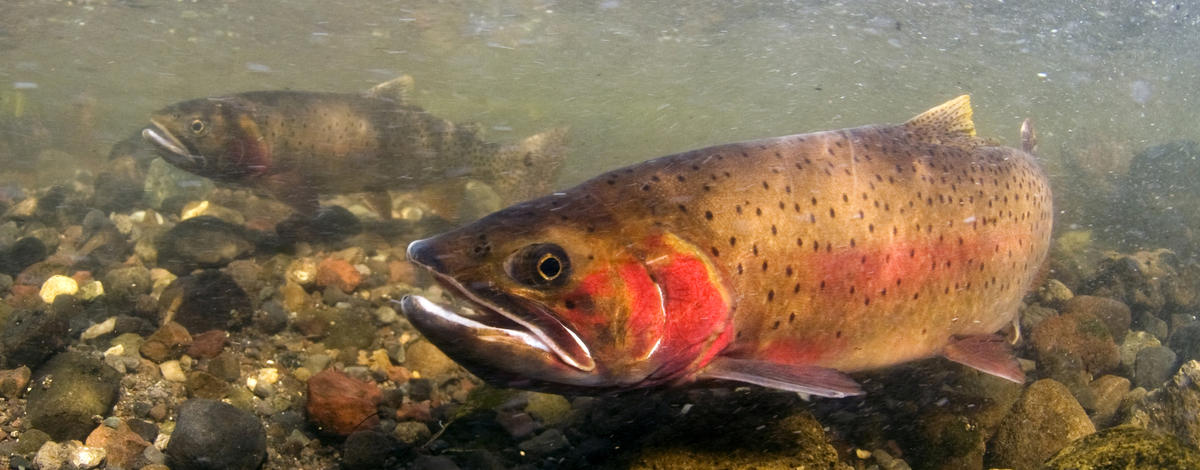In our third habitat restoration film Restoring Rivers, Restoring Fish, we show how biologists study fish to understand whether habitat projects are working, and how to improve restoration in the future.
Many of Idaho's rivers have been altered by a long history of land uses. Activities like mining, timber harvest, agriculture, road building, flood control and others have dramatically changed fish habitat for many of Idaho's salmon, steelhead and trout. It takes a diverse community of stakeholders to put rivers back together and restore the natural processes that create habitat for fish.
This week, we get up close with salmon, trout and steelhead! We will show you how the fish have the biggest say in what sort of restoration we do and where we do it. See how biologists use tools like snorkeling, electrofishing, traps and tags to monitor fish populations before and after restoration. By monitoring fish, we can understand whether habitat projects are working and what types of projects are needed most. Habitat projects are designed to improve migration, survival, and production conditions in a stream or river. By understanding how fish populations respond to habitat projects and which actions help fish the most, we can design better habitat projects in the future.
Of course, without outside funding, most of these projects simply would not be possible. Idaho Fish and Game uses funding from NOAA Fisheries, Bonneville Power Administration, Pacific Coast Salmon Recovery Fund, Bureau of Reclamation, and several other partners to improve river habitat so that we can help rebuild many of our native fish populations.
If you missed any of the other films in the series, click the links below!
Part 1: Restoring the River: Idaho's Fish Habitat Program. Partnerships essential in restoring fish habitat Restoration techniques often involve complex engineering and heavy equipment to help bring streams closer to their original condition, and restore ecological functions that support healthy fish populations./p>
Part 2: Moving Earth: Restoring Idaho’s Fish Habitat. Restoration techniques often involve complex engineering and heavy equipment to help bring streams closer to their original condition, and restore ecological functions that support healthy fish populations.
Part 3: Restoring Rivers, Restoring Fish: Monitoring Fish Habitat Projects. Studying how fish populations respond after restoration helps improve strategies so that projects have the biggest positive effect.
Read the latest news and information about wild fish in Idaho on our Wild Salmon and Steelhead pages.

